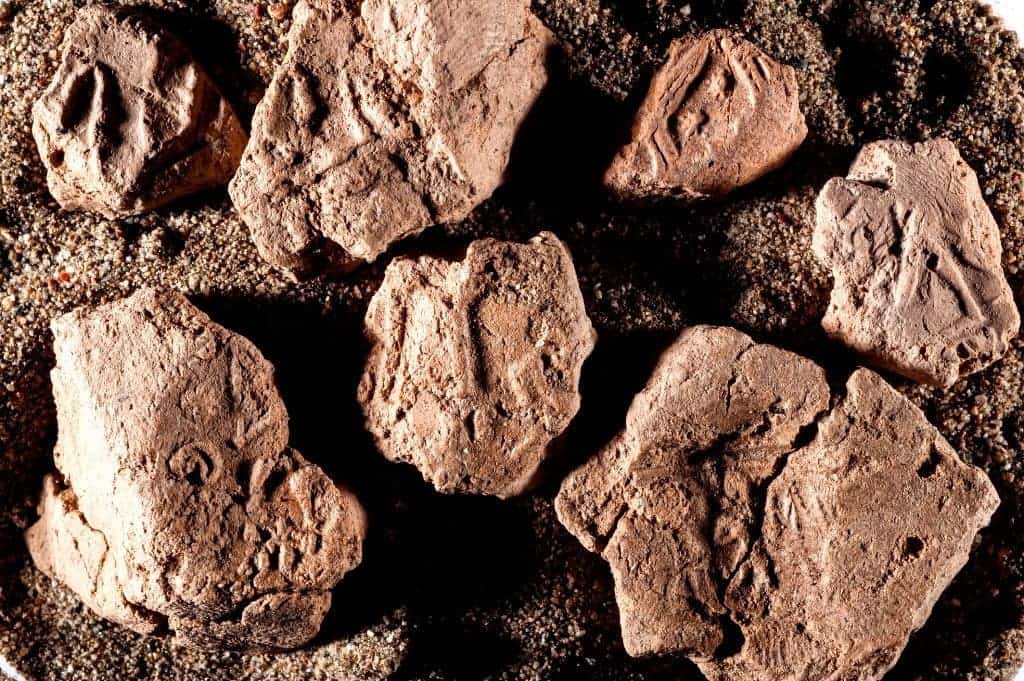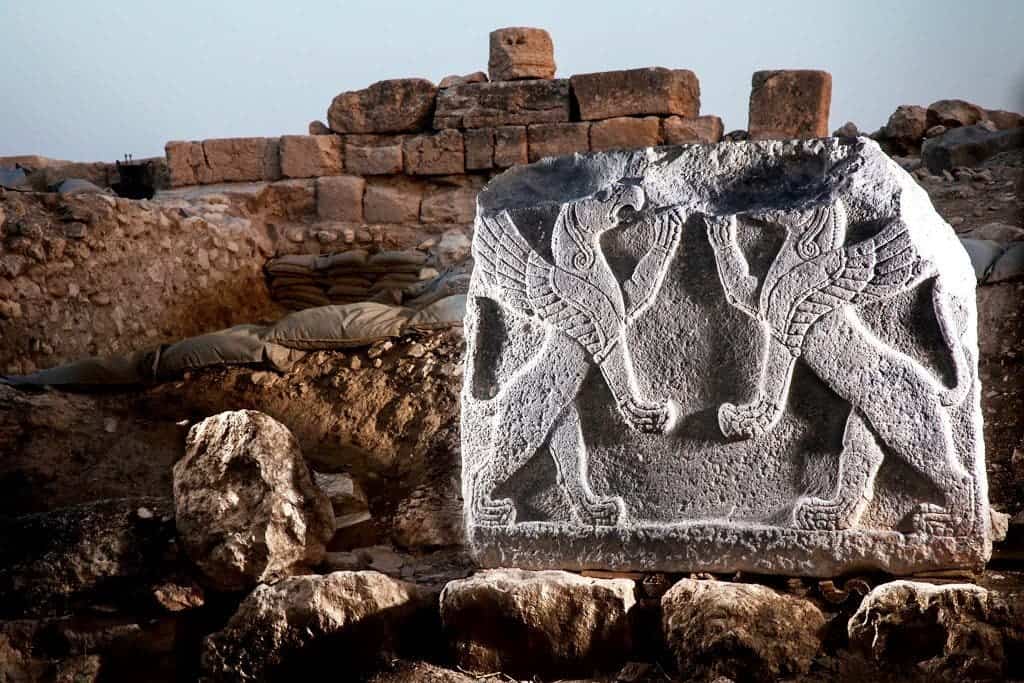Archaeologists have unearthed what’s likely the oldest smiley face humanity has ever produced — painted 3,700 years ago on the side of a portly pitcher in southeastern Turkey.

A team of Turkish and Italian archaeologists digging in the ancient city Hittite city of Karkemish, today at the Turkish-Syrian border, found the sort of item you don’t know you want but get really hyped over after finding it — the first smiley face humanity has ever produced. That we know of.
It is, in fact, a rather rotund off-white pitcher whose side is adorned with a cheery, black curved line topped by two dots.
“The smiling face is undoubtedly there [no other traces of paint were found on the flask] and has no parallels in ancient ceramic art of the area,” said Dr. Nicolo Marchetti from the Bologna University, who led the excavation works.
The pitcher was, at first, quite unremarkable. Found in a burial chamber, it features a short thin neck and small handle to go with its wide body. The team says it dates back to 1,700 BC and was used to hold a sweet, sherbet-like drink for the deceased to enjoy in the afterlife. The smiling face was discovered only after the pot was sent back to the lab for restoration, according to Turkish news agency Anadolou.
Karkemish has a long history. Established somewhere in the 6th millennium B.C., it was occupied up until the late Middle Ages. Its ruins were first discovered and excavated since the late 19th century, but as the pitcher goes to show, there are still things to be found here.
The joint Italian-Turkish team has been digging here every summer since 2011. The smiling pitcher is among their latest findings, but it’s by no means the only one. Their other trophies include 250 clay bullae, which were tokens pressed with seals and served to provide proof of authenticity to legal or commercial documents. Some feature the seals of some of the highest ranking Hittite elite of the city, most notably that of Taya or Tahe, prince and “charioteer of the goddess Kubaba.”

The bullae were found in the late Bronze age layer, and likely date from the 13th century B.C., when Karkemish served as the seat of the Hittite Viceroy who controlled the region. Researchers hope that such a huge number of bullae will offer insight into how the people, trade and administrative systems of Karkemish all fit together during the city’s golden age.
Another exciting find is a large basalt relief showing two gryphons. This was likely carved in the latter part of the 10th century B.C. under the Neo-Hittite king Katuwa, known for his building projects. The relief was likely paired up with a similar sculpture of a winged bull, which was discovered during last year’s excavation. The remains of a massive fortress and a grain silo, both dating around 1100 B.C., were also discovered.

Although currently in a pretty dangerous area, Karkemish will be opened to the public (for the first time) as the Karkemish Ancient City Archaeological Park on May 12th, 2018. The smiley jug will be put on display at the nearby Gaziantep Museum of Archaeology.
Hopefully, the team’s efforts will help towards preserving the incredibly rich historical legacy of this area, much of which has been destroyed by the Syrian conflict and radical groups such as ISIS.
The Hittites hailed from Anatolia and built an empire stretching from modern-day Greece, to Egypt, Turkey, and well into Syria. It eventually fragmented into smaller states during the Bronze Age and was conquered by the Neo-Assyrian empire around 1,178 BC. Apart from giving us the oldest smiley, they also traded with the people that gave us the oldest known song.
All image credits to the Turco-Italian Archaeological Expedition at Karkemish.



